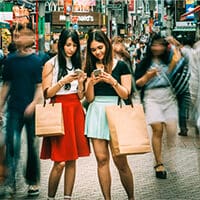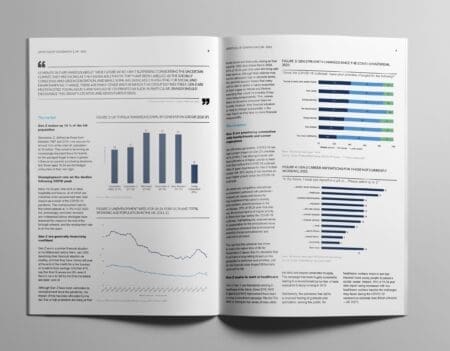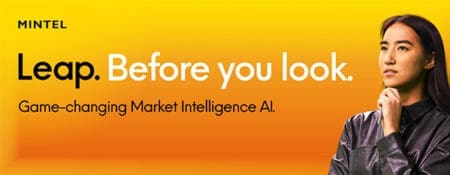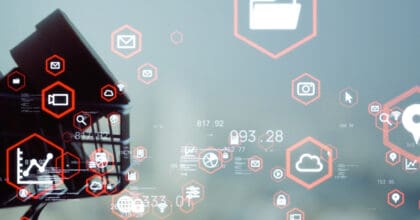The pandemic has resulted in restrictions of live events, limited capacity, and challenges with the world of apparel sourcing and production. According to Mintel’s COVID-19 Tracker, many consumers aren’t buying new clothes right now, choosing instead to focus on essential items. But by Spring 2021, some consumers will be ready to buy new clothes. The question is what will they buy? A sneak peek was given at this year’s New York Fashion Week, which did occur during its usual time last week, but was anything but normal.
Mintel’s Senior Analyst Alexis DeSalva reports on the live and mostly virtual shows and breaks down what these changes mean for the greater retail industry.
Livestream mostly replaces IRL
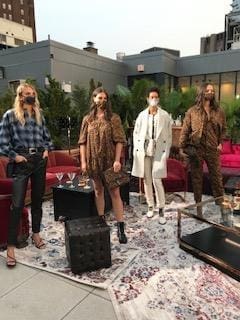
Given the restrictions with social distancing, most events were streamed and broadcasted digitally, rather than held in front of a live audience. In the few instances of a live event, such as those with designer Rebecca Minkoff, audiences were limited and monitored. At Minkoff’s show, attendees were pre-assigned to 15-minute slots to see the collection – shown on mask-clad models with a small group – an indication of how in-store shopping or other in-person occasions could look in the future.
Why is it important?
Virtual events will now be a part of most consumers’ lives, in some capacity. While the tactile experience isn’t always easily replicated digitally, virtual events do have their advantages. Live events help to increase audience reach and build brand awareness and interest, helping brands and retailers to stay engaged with consumers even when in-person interactions are limited. Perhaps more importantly, virtual fashion shows can be streamed by anyone, anywhere, which is a stark contrast to the very exclusive and alienating fashion shows of the past. This is crucial to the evolution of the luxury market and signals a new, inclusive fashion industry that is more accessible, something consumers want from brands. According to Mintel research on luxury fashion, three in 10 consumers feel that luxury fashion is unrealistic.
Chaotic times spur comfy clothes and happy colors
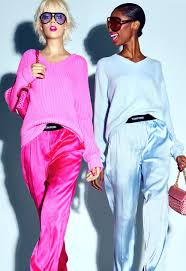
According to an upcoming Mintel report on Men’s and Women’s clothing, clothing can have a positive effect on consumer wellbeing. In fact, for some it’s even a mood booster. External factors influence what consumers wear and ultimately, what they buy. Current stressful times have driven demand for clothes that offer comfort and serenity. Brands have responded by giving consumers clothes that suit their needs whether they need to get dressed up from the waist up for a Zoom meeting, or for the many types of activities they’re now conducting from home. Designer Tom Ford echoed this sentiment when he explained the genesis of his collection’s designs by saying, “The global zeitgeist always effects fashion and for me this longing for a hopeful spring translates into somewhat classic relaxed clothes but clothes that make me smile. Clothes to have a bit of fun in.”
Why is it important?
Don’t expect interest in casual and comfortable clothes to disappear any time soon; as of July 2020 casual items such as athletic wear and t-shirts were the most purchased clothes among men and women. There will still be those who need or want to dress up on occasion, but many will gravitate to versatile separates they can mix and match with more comfortable clothes, based on the occasion. For prolonged time at home, consumers will be doing less of changing out of yoga pants and into a dress after a morning at-home class and instead, reaching for clothes that they might not work out in, but can comfortably live in.
A call to action
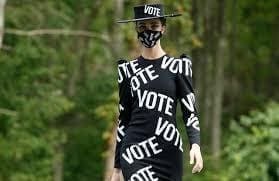
You are what you…wear? Today’s consumers think so, particularly younger generations who express more interest in using their purchase power to support brands that reflect their values. Brands have taken note and aren’t afraid to share their platform to spread awareness of certain causes and issues. In a fashion week occurring two months before the presidential election, designers took the chance to share their voice, as seen on the runway at the Christian Siriano show.
Why is it important?
For many, clothing is a way to express individuality, and ‘Identity’ is a driver to their clothing purchases. That means consumers will be drawn to brands that have a message or take a stance and clothes that reflect their views and individuality. In an election year, that means clothes are a way to spread a political message, and potentially build a customer base among like-minded consumers.


